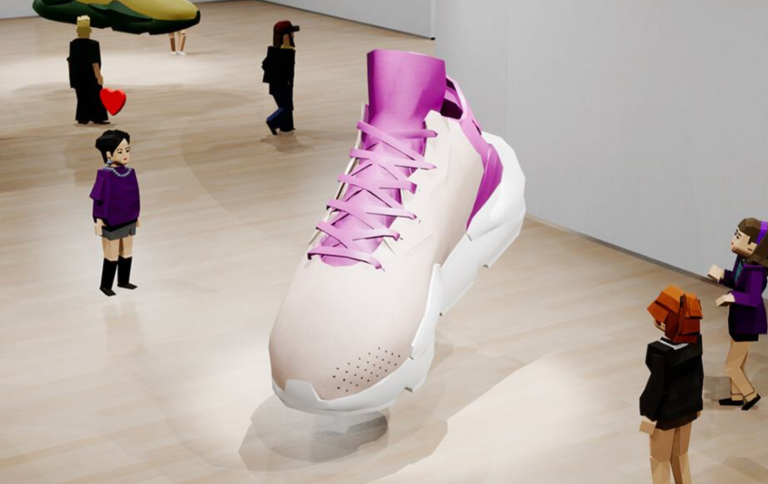The allure of luxury brands mislead clients. Like Dior and Chanel—has long been intertwined with the perception of quality and exclusivity. However, a deeper look reveals that many of these brands profit not from superior craftsmanship but rather from outsourcing production to cheap labor facilities. This article uncovers how brands exploit the “Made in Italy” label to elevate fast-fashion-quality products to high-fashion status. Charging exorbitant prices that do not reflect genuine quality or craftsmanship.
The Illusion of Exclusivity: Luxury Brands Mislead Clients
For many, luxury goods signify uniqueness and status. Luxury brands have built their empires on the promise of exclusivity. Appealing to consumers’ desires to stand out and feel wealthy. People yearn for bespoke items, crafted by artisans with care and precision, believing that high price equates to high quality.
Yet, beneath the sheen of exclusivity lies a stark reality. Much of what these brands sell is manufactured in conditions that mirror fast fashion, often produced under conditions that compromise both quality and worker rights.
Chinese Sweatshops Operating in Italy
In recent years, luxury brands have taken to outsourcing to Chinese factories within Italy. Christian Dior, for instance, reportedly brought Chinese subcontractors to Italy to legally apply the “Made in Italy” stamp. But while this label may invoke thoughts of craftsmanship and tradition, these Italian-based Chinese factories are often staffed by underpaid migrant workers, sometimes operating illegally. Dior allegedly pays these contractors only $57 to produce bags that later sell for nearly $3,000—an astonishing markup.
These workers labor under conditions that, according to reports, violate Italian labor laws, with few protections and minimal wages. This setup provides luxury brands with the allure of Italian authenticity without the associated costs of true Italian craftsmanship. By manipulating the concept of “Made in Italy,” they mislead consumers, obscuring the reality behind the products.
A Culture of Exploitation in the Luxury Industry
Luxury Brands Mislead Clients, exploitation of both consumers and workers isn’t new. This approach has become part of a broader, systemic issue in the high-end fashion industry. Reports in recent years indicate that even brands like Giorgio Armani have been implicated in similar practices. With investigations uncovering subcontractors that pay their workers as little as 2 to 3 euros per hour.

This situation perpetuates a cycle in which the luxury label is prioritized over the integrity of the product itself. Profits remain the ultimate priority, even at the cost of ethical standards and craftsmanship.
“Made in Italy”: A Luxury Brands Mislead Clients Label
The “Made in Italy” label is deeply tied to notions of high-quality, artisanal production. Yet, as the cases above demonstrate, many brands have successfully gamed this label by setting up sweatshops in Italy itself, staffed largely by immigrant workers under poor conditions. Italian authorities and advocacy groups have investigated these practices, but the systemic exploitation continues.
The quality decline in luxury products is not just a matter of perception. Poorly produced items, such as low-quality leather bags or shoddily crafted shoes, have led some consumers to question whether they’re buying authentic goods. This shift has eroded the trust between consumers and luxury brands. Casting doubt on the value of the “Made in Italy” label.
The Quiet Luxury Trend: An Illusion of Elegance?
“Quiet luxury” has emerged as a trend among the wealthy, promoting brands that offer understated elegance without prominent logos. Loro Piana, a quiet luxury brand under the LVMH umbrella, has faced its own issues, including allegations of underpaying farmers who supply Vicuña wool—a costly material used in $9,000 sweaters.
In such instances, the actual quality and craftsmanship are often overshadowed by the brand’s desire for profit. Further demonstrating the hollow promises often associated with luxury brands.
Investigations and Scandals: The Industry’s Ongoing Dilemma
In 2019, Italian authorities uncovered sweatshops producing luxury leather goods for some of Europe’s most prestigious brands. These investigations revealed a hidden workforce of undocumented laborers, including pregnant women and minors. The brands implicated quickly denied any involvement, although the frequency of such findings suggests a deep-rooted issue.
These scandals are not isolated incidents but reflect an industry that has for years relied on covert, exploitative practices. The luxury industry’s history of using vulnerable populations for low-cost production undercuts the concept of true luxury and quality.
The True Cost of Chasing Status Symbols
Luxury brands have turned their logos into symbols of status. Items like the iconic Birkin or Chanel bag are supposed to represent refined taste and sophistication. However, as more consumers become aware of the dubious practices underlying these brands, the symbolism has started to shift.
Rather than projecting wealth and taste, purchasing from these brands may increasingly suggest a lack of awareness about the industry’s ethical issues. While these brands continue to mark up their prices, artisans capable of producing genuinely unique, high-quality pieces are overlooked. Supporting artisans over luxury brands offers the opportunity to obtain a truly unique piece, crafted to last, and often for a fraction of the price.
Alternatives to Mass-Market Luxury Brands
For consumers who value true craftsmanship, there are alternatives. Skilled artisans and independent designers can provide one-of-a-kind items crafted with care and precision, often at more reasonable prices. Instead of falling for the allure of a brand name, consumers can seek out bespoke goods that genuinely reflect quality and individuality.
Supporting small businesses and independent creators not only guarantees a unique piece but also helps sustain ethical practices within the fashion industry. With a bit of research, buyers can find artisans who prioritize quality, durability, and responsible production—values that used to define luxury before profit took precedence.
Final Thoughts: Rethinking “Luxury Brands”
Today’s luxury brands are selling more than a product; they are selling an illusion—a carefully curated image that consumers buy into. As ethical concerns and quality issues become increasingly exposed, consumers are left questioning the true value of their purchases.
Choosing to support artisans and independent creators can be a more fulfilling path, offering products that truly stand apart. It’s a chance to own pieces that embody genuine craftsmanship and stand the test of time, free from the hollow promises that have come to define modern luxury.






































